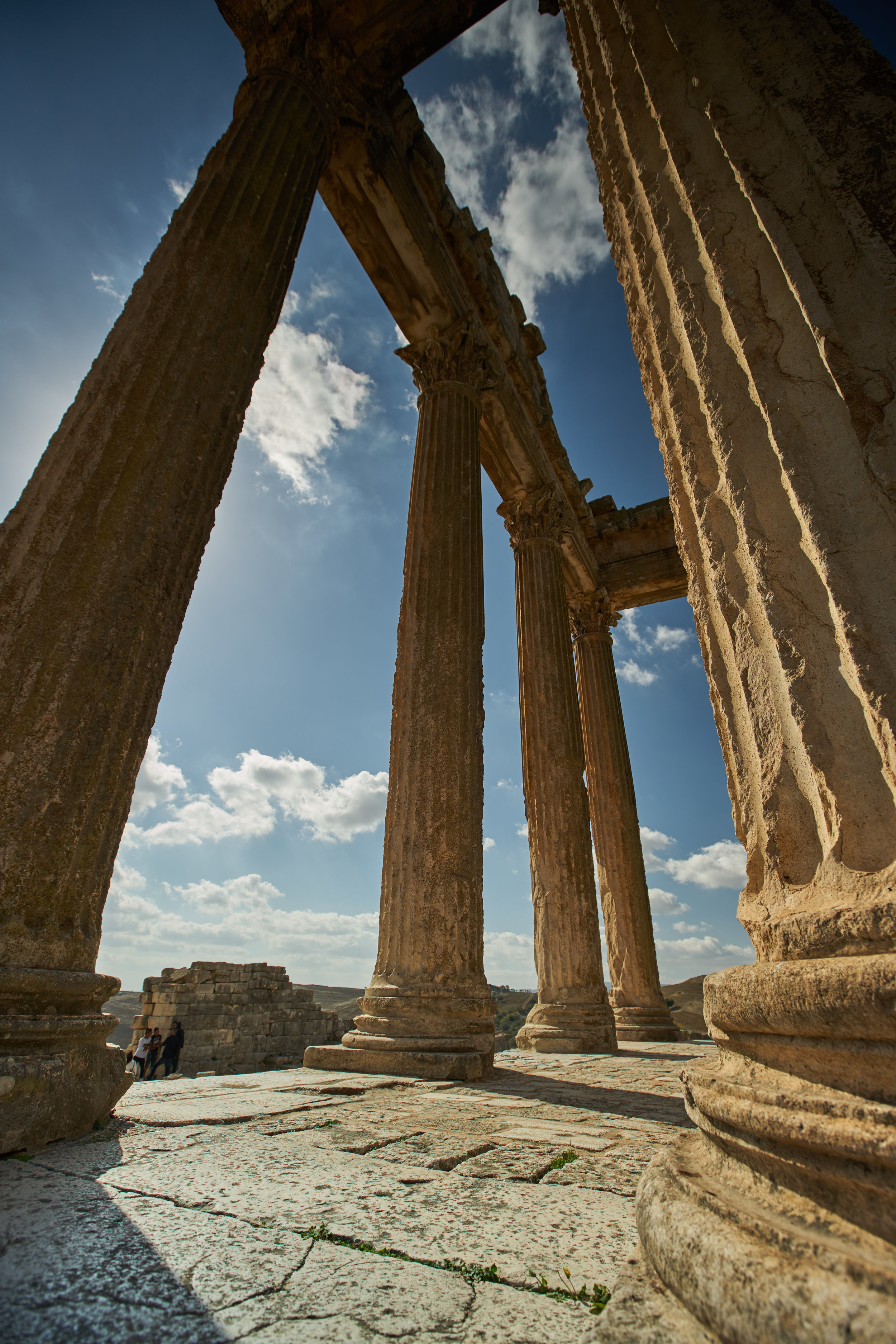Sands of Tunisia
Walking down the musty corridor, I can feel the dampness in my bones. The humidity, condensed on the walls in tiny droplets of water, shimmers in the shafts of light sneaking through the hole in the ceiling. As I walk slowly toward the dark end of this tunnel I can almost imagine the thousands of people sitting up in the heat of the sun, waiting for the next gladiator, or victim, to enter the arena. The walls I am touching date back almost two thousand years and yes, they have soaked in the sweat and blood of many people. As I reach the small staircase toward the end of the tunnel I can smell the fresh air, I see the sunlight spilling down the ancient stone steps and I can sense the freedom that awaits just ten feet above my head.
The colosseum of El Jem in Tunisia is one of the best preserved artifacts of the ancient Roman Empire. The underground cells, as well as the walkways soaring over four stories high, remain intact for visitors to see and experience. The engineering of the structure itself is a wonder to experience, let alone the history of the lives that have interacted with this place.
On this recent trip around Tunisia, I had the chance to spend some time in El Jem as well as a handful of other extraordinary places. In a few short days we were able to complete an “around the country tour” that didn’t allow us to see everything this beautiful country has to offer, but we sure saw a lot.
Matmata- Our first night we overnighted in an underground hotel. For those of you who have seen the original Star Wars, this is the area where George Lukas filmed the scenes in Luke’s uncles home. That location is still here and you are able to walk through it, sit at the dining table where Luke talked with his aunt and uncle, and see what life might have really been like in this location. There are plenty of ancient Berber, (or Amazigh) families still living in this area; many of their lives have not changed so much from what it would have been light hundreds of years ago.
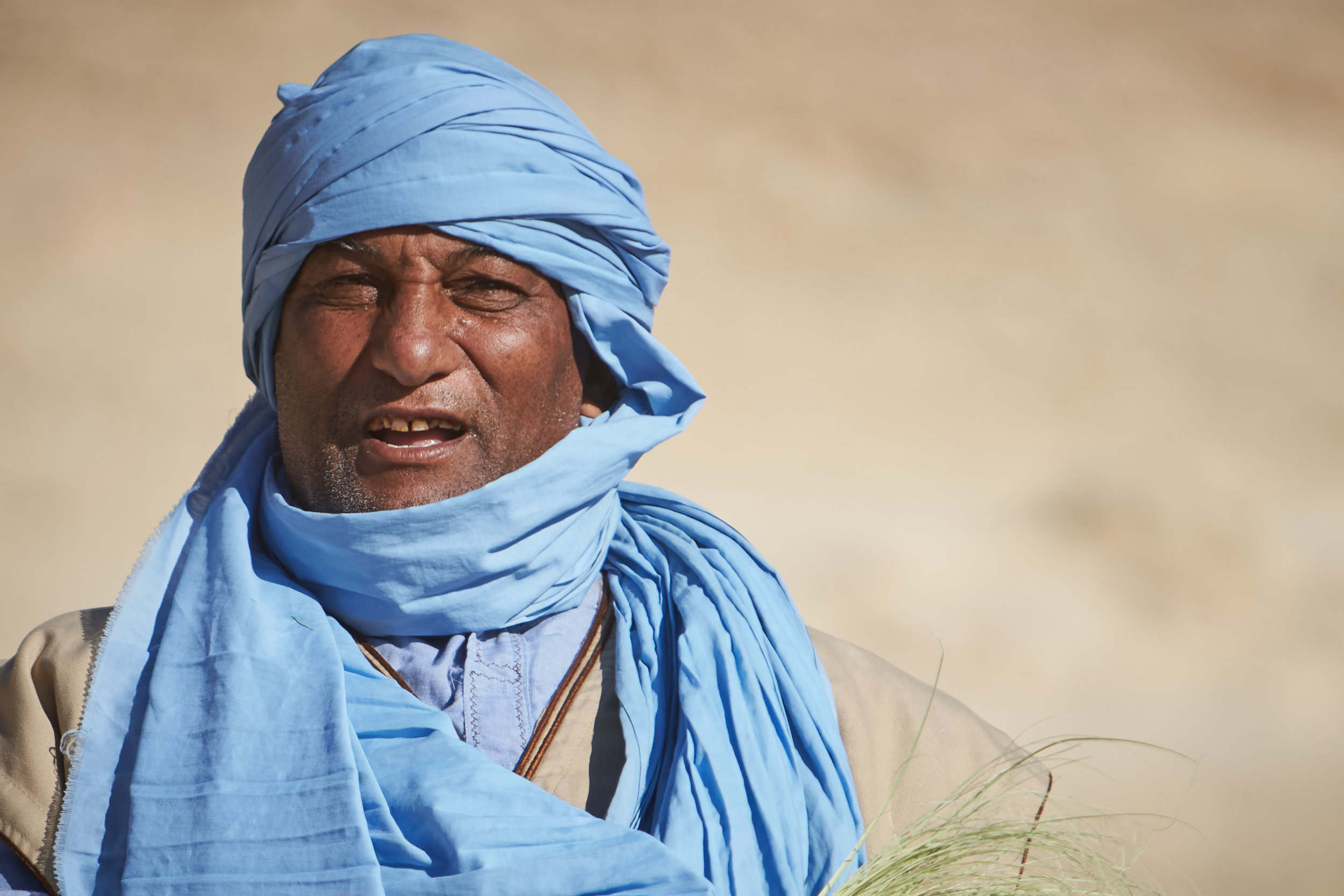
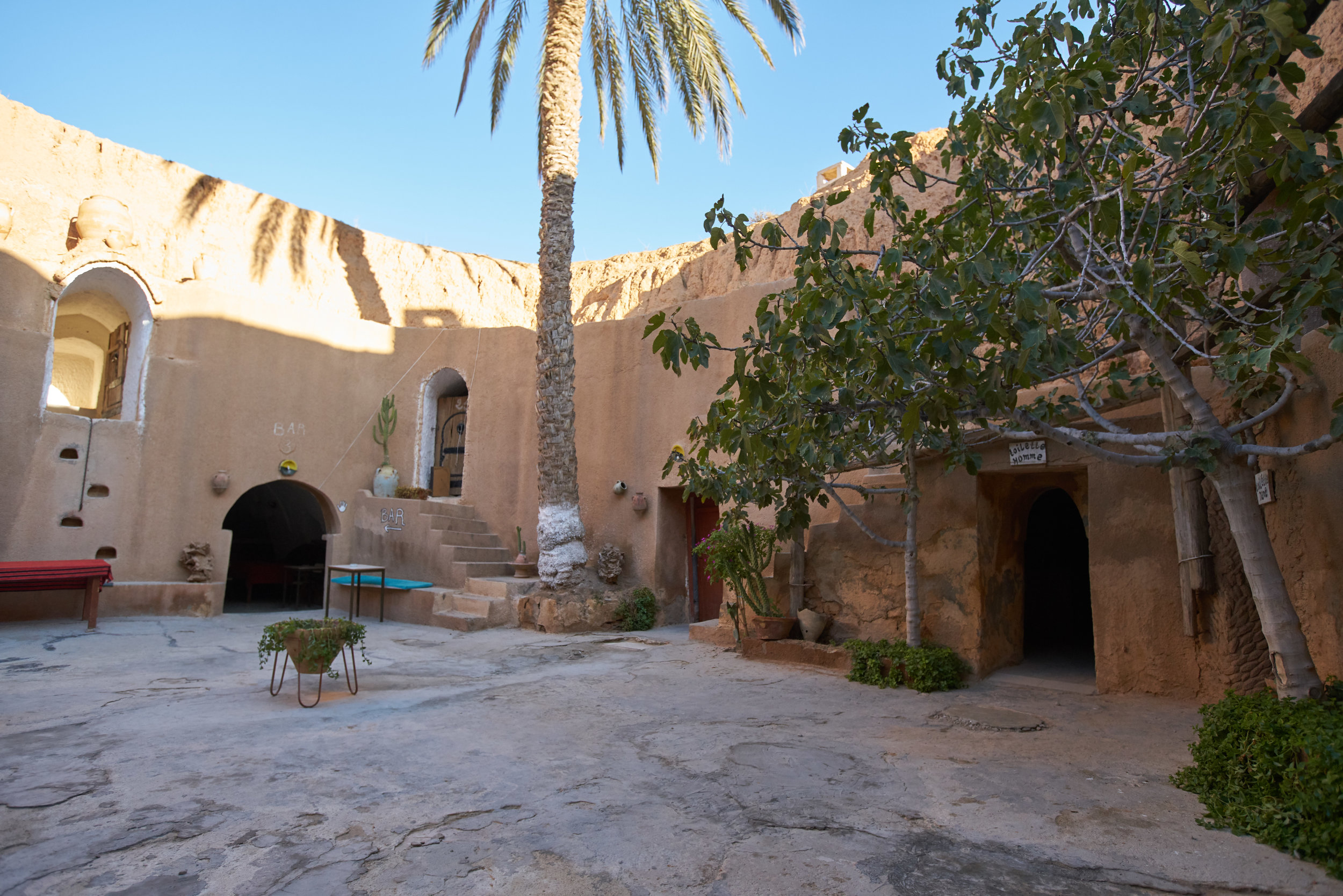
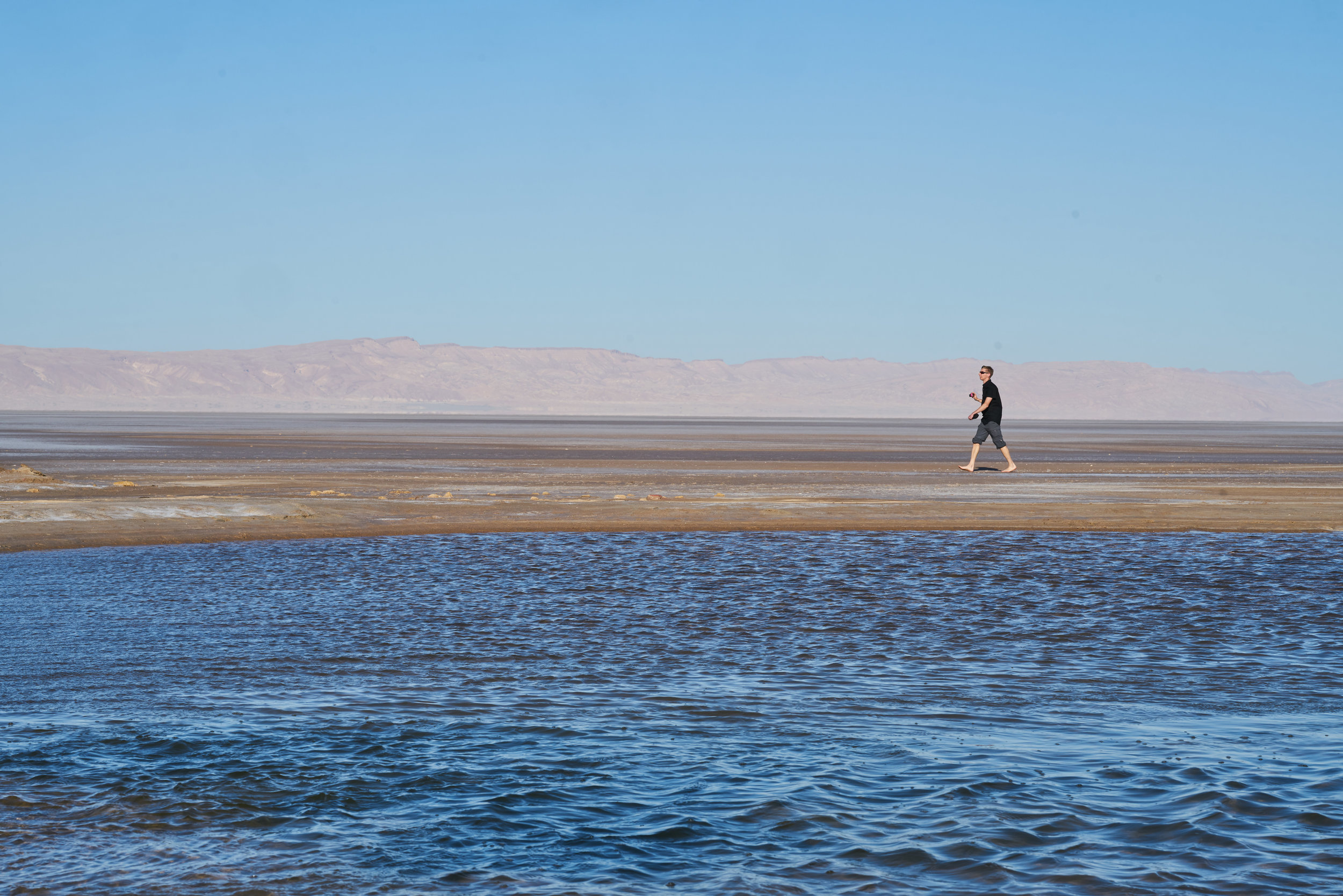
Chott el Jerid- This massive salt flat in the central part of Tunisia that is a sight to behold. As we drove across on the causeway we could see a low mountain range to the north, but to the south there was nothing but nothingness. The white surface of the salt lake went on as far as I could see into the distance. It was hard to get my bearings with so devoid of any landmark, any topography, anything at all to help me gauge distance. I have shot there on a few occasions and I love the minimalist look of the place. I still have a few ideas of shoots I would like to do there, but those will have to wait for now.
Tozeur- The date palm oasis of Tozeur is a soothing treat for the senses after the band and empty salt flats. As you drive toward Tozeur the landscape is barren, with very little vegetation, or much of anything, to catch your eye. However as you get near to the oasis, a sea of dark green materializes almost like a mirage shimmering above the heat. As you drive into the edge of the oasis, you can feel the temperature drop by a good 10 degrees, and you are instantly aware of hundreds of birds singing. At the edge of the oasis of Tozeur is the old medina. This is probably my favorite medina in all of Tunisia. The unique brickwork and narrow alleyways with arching tunnels and palm-wood beams give this place a very unique and inviting look. It is a unique place to shoot with all the little nooks and crannies, the reflected light off cream color brick, and the incredibly rich textures of stone, brick and palm wood; if you wait until evening you will have a whole different experience.
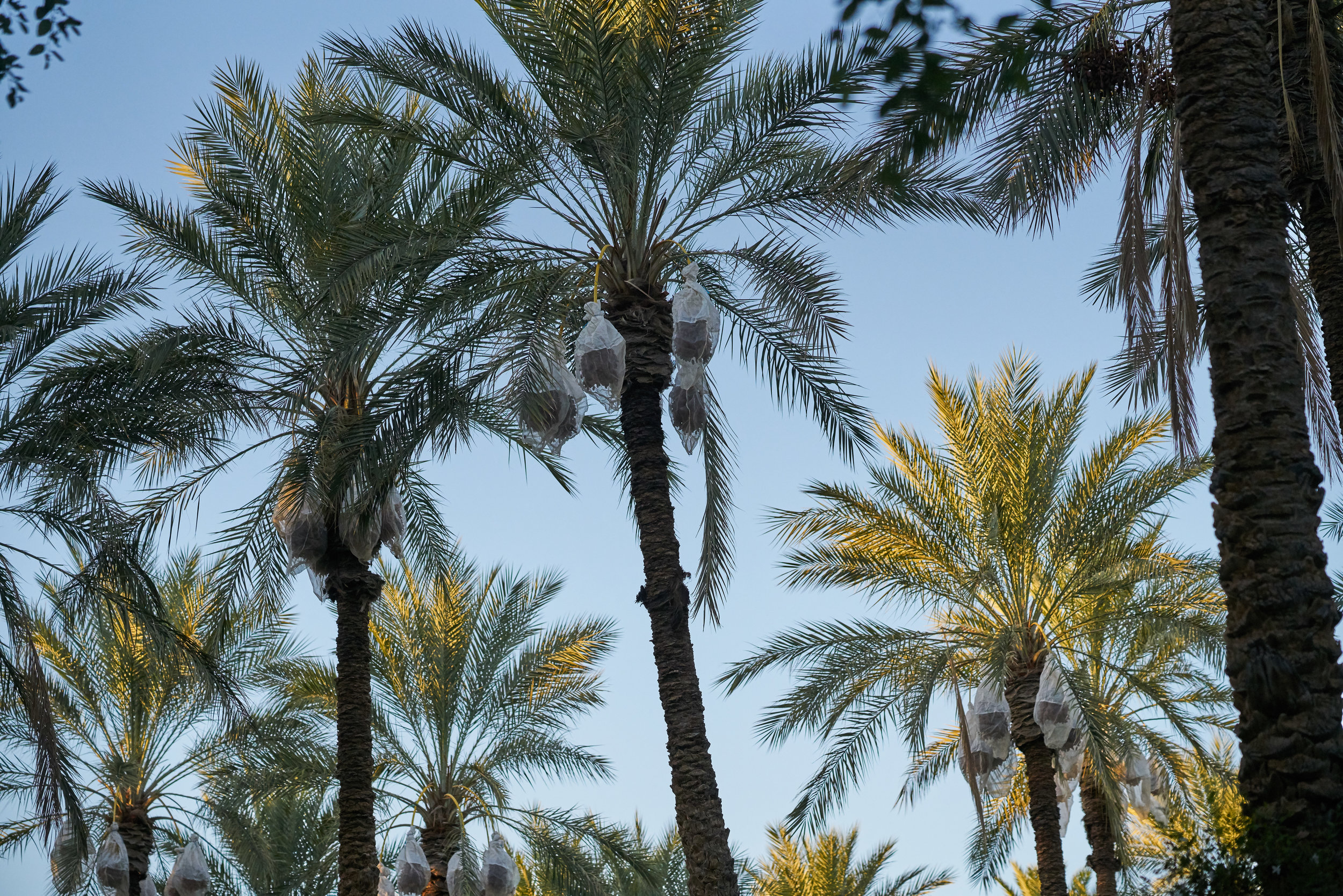
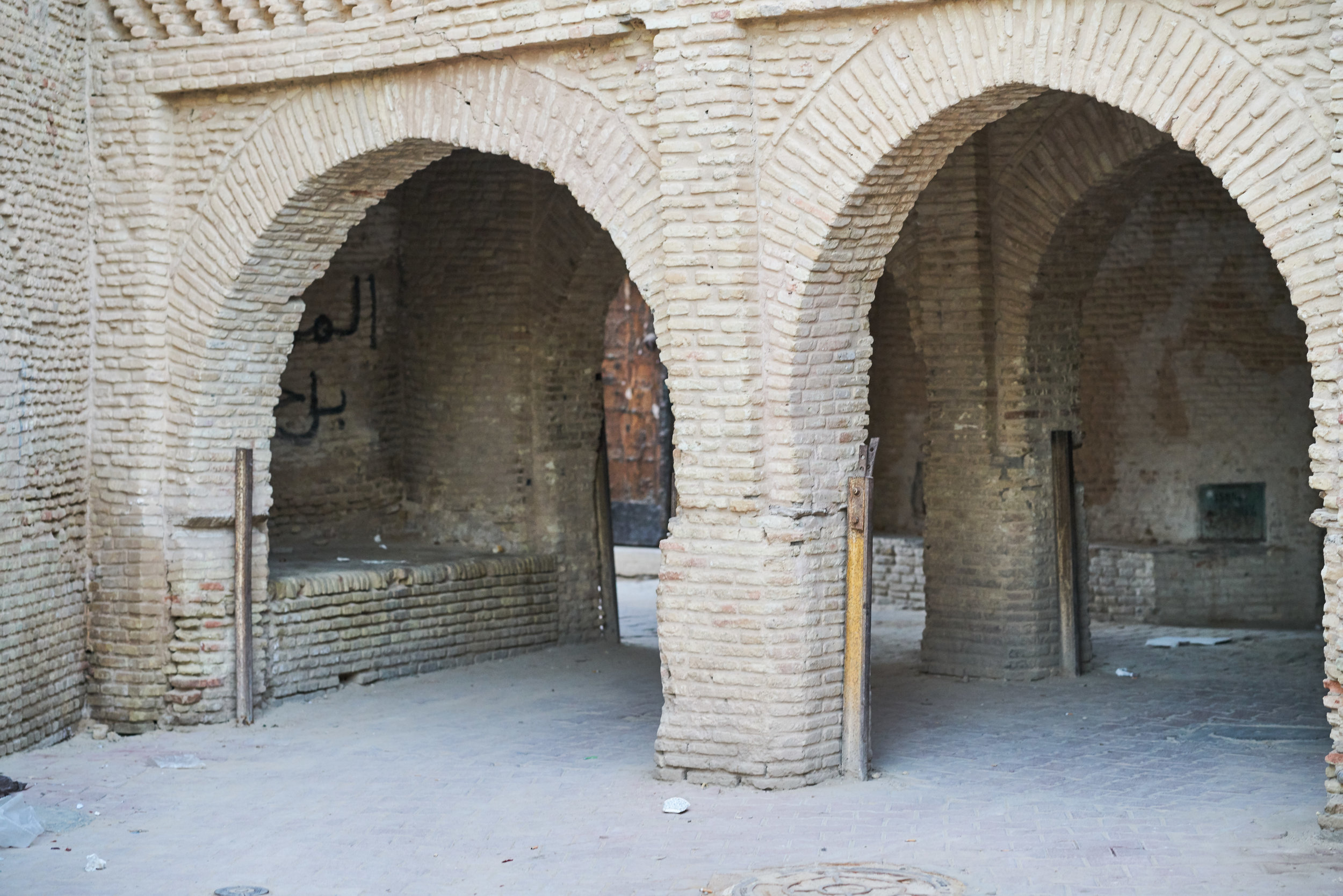
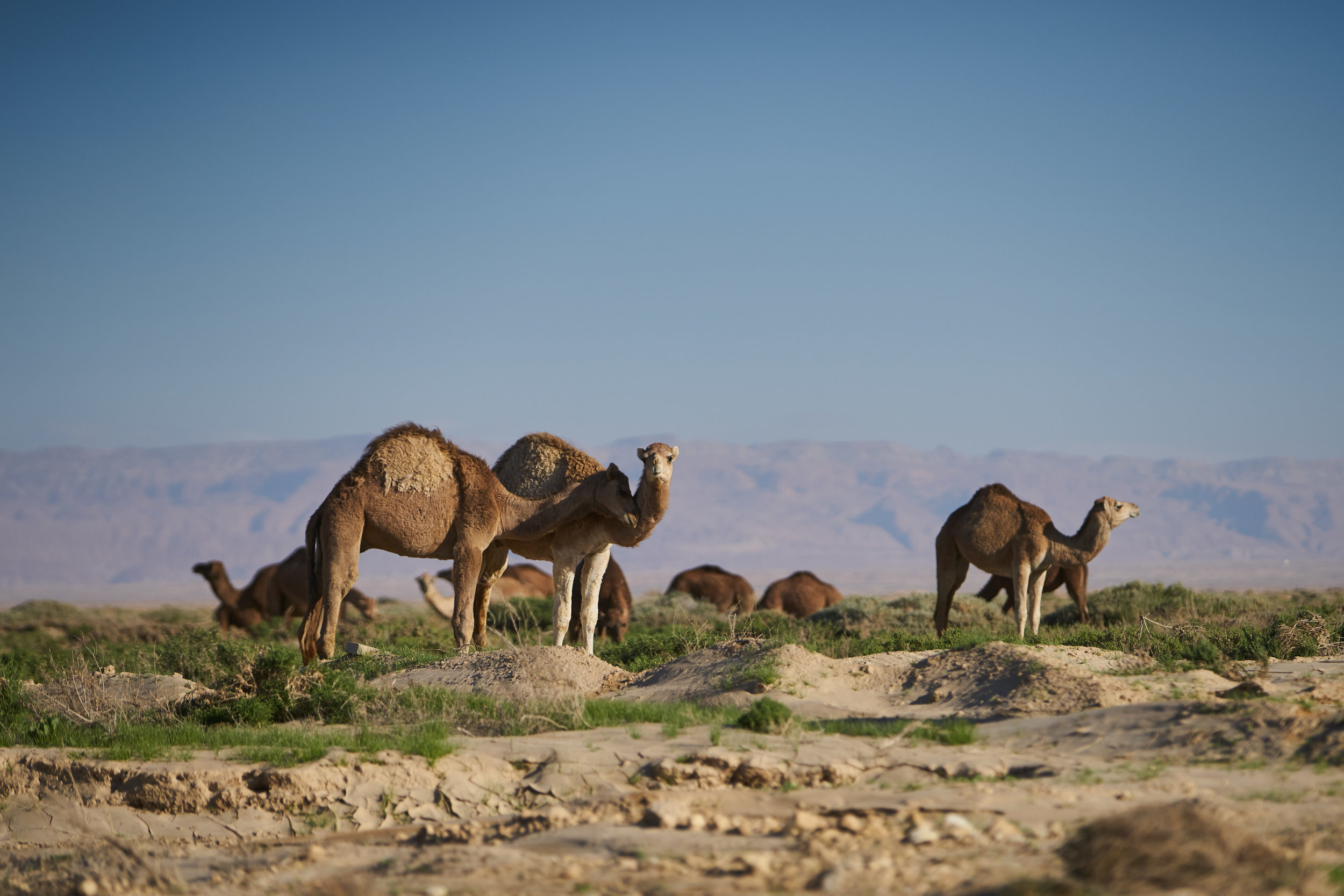
Douz- We drove back north from Tozeur through the center of the country, stopping in Kairouan for the night before heading on to the ancient Roman city of Douz. One of the best preserved Roman ruins in all of Tunisia, Douz is nessled in a beautiful area of the country with rolling hills and rocky outcroppings surrounding the ancient stone walls. I had been looking forward to shooting here for quite some time. We came on a holiday, so we had more people that I would have liked, but the weather was perfect. We had white puffy clouds in the sky that were moving at a decent pace, which means that the scene changed pretty fast. I really wanted to make some dramatic images of these ruins.
When shooting this type of subject matter I am really looking for the lines, the texture and contrast that I can manipulate in the image. I cannot move the buildings, the roads, or the walls, so I am always trying to put myself in the best place possible to get the best perspective of the ruins. Most often I’m looking for lines that lead me into the frame; many times I will use something in the foreground that catches the eye and draws the viewer deeper.
Balancing out the exposure can sometimes be a challenge since the stone is mostly sandstone, (the color of wheat or darker,) and the sky can be awfully bright which creates more contrast than your camera can handle. On this day I was shooting with my Sony a7rii and using a filter setup from Nisi Filters. I love their system in design and function. It has a circular polarizer built into the base and then will accept three filter plates. I had my circular polarizer dialed in, and matched with it was a 3 stop gradient ND filter as well as a 10 stop ND. This dramatically brought my light level down, allowing me to not only bring the contrast into a controllable range but also slow my shutter down drastically, allowing me to introduce motion blur to the clouds while keeping precise detail in the stone of the ruins.
Tunisia has much to offer when it comes to photography. Here we find beautiful beaches and rough shorelines, endless sand in the deserts, mountain oases, islands and immense salt flats. There is much to see and experience and the people are very friendly and welcoming as well.
I’m sure I will travel many more kilometers in this country as I seek to find what is around the next bend.
